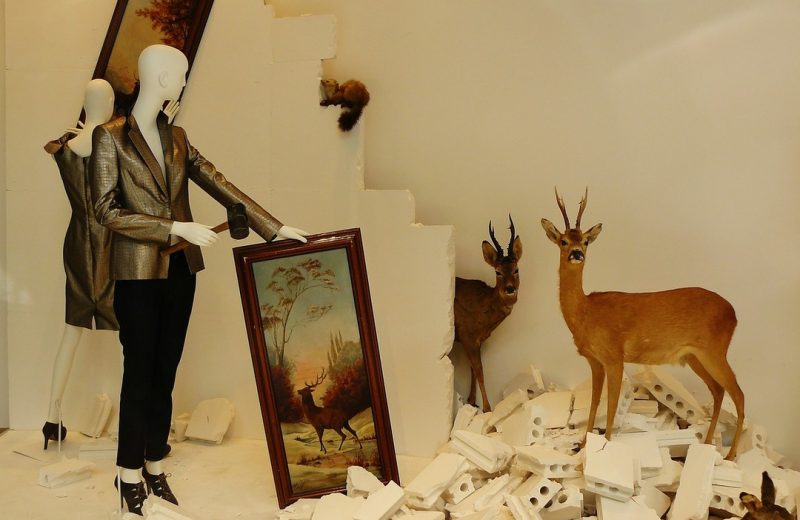Written by Brian Walker, CEO Retail Doctor Group
Great “Fit” retailers create theatre at every opportunity, unfit retailers have the same old windows and displays with the same old stock sitting there and hoping to change the results.
Theatre attracts interest , interest creates foot traffic and foot traffic converted is sales.
Retailing can be tough, changing customer habits largely fuelled by technology, discerning customers with higher expectations and generally speaking, they don’t want the same old displays , with the same old lights out, same old transactional bored staff and the same stock that was there 4 weeks ago,
Somewhere between 80 to 95% of your weekly customers are the same people each week and they wont be attracted unless you can create plenty of interest and that comes with change and theatre.
Many years ago I worked with a retail entrepreneur who always said that our shops are like theatre and each morning when the curtains lift it is “Showtime”.
Nobody builds a stage set or visual image better than the professionals of theatre, and just as we recommend stage lighting designers for retail lighting, similarities also exist between visual merchandising and great visual impact in retail.
William Shakespeare famously said: “All the worlds a stage and all the men and women merely players.” This rings true in the world of retail where your store is your stage and customers and staff are your performers.
Great ideas don’t come from doing the same thing over and over) and as such, we present some fitness tips for magnificent, awe inspiring, jaw dropping “fit” window and merchandise displays to excite and delight your customers this Christmas.
- Don’t create good theatre. You must intend to create great theatre. We don’t need any more perfectly good productions of perfectly good standards. You are setting out to do something great or it’s not worth doing.
- Set that thought aside. Create the window and merchandise display you believe in. Become consumed by its uniqueness. Create your own show. Make it true to your brand and what you have to say.
- Know why you are creating the show. The display you create must be the expression of your unique business. Setting out to make “good theatre” is not enough. Take a strong stand –and challenge yourself to express it. Include your customers in this aim.
- Know your performance space and use it. All great displays should acknowledge, utilize, and endow the space where it is performed.
- Know your audience. Have some idea who you are creating the show for. Displays for “for everyone” are bland theatre and will not target your customer segment effectively.
- Contradict the assumptions of the audience. Don’t cater to your audience and what you think they would like to see. Draw them to the theatre with something that will attract them, but then, once they are drawn to your shop window, challenge them and make them think and feel. Never back-pat or condescend your audience.
- Make sure no two performances (displays) are the same. Make sure the show is a unreproducible event – this is what people have come to see.
- Include a surprise. No one should be able to know what’s coming next, including the performers. Surprise keeps theatre a live event. Multiple surprises make great theatre.
- Create a gift for the audience. Make sure everyone in the audience has an individual experience of the show to take out of the theatre and share and discuss afterwards. Think the wonderful department store windows at Christmas time as a Christmas holiday destination as people enjoy the gift of Christmas.
- Change the material world. Keep your merchandising fresh and exciting for your customers and they will keep coming back for more.
- Include music. There’s nothing better for introducing new music to people than having it accompany stage action. Take the opportunity to re-contextualise known music through high performance.
- Establish ritual through repetition. Give the audience a ritual or repetitive pattern with which to identify. Create a shared history for the audience. Once a ritual is established, you can speak volumes through tiny variations on a theme. The art is in the details.
- Break the rules. Don’t do what anybody tells you. Make your own theatre, find your own way. Create your own art. Build great displays from the customer perspective that entertains and inspires, (form) not from the traditional product assembly (function)
Lateral or literal? You can be the judge although I also reminded of the words of TS Elliott who said: “Only those who will risk going too far can possibly find out how far one can go. To be truly innovative and inspired we must gain our inspiration from the most unusual and unorthodox of places”.
Not meeting last years numbers? Have you invited many to your theatre?

